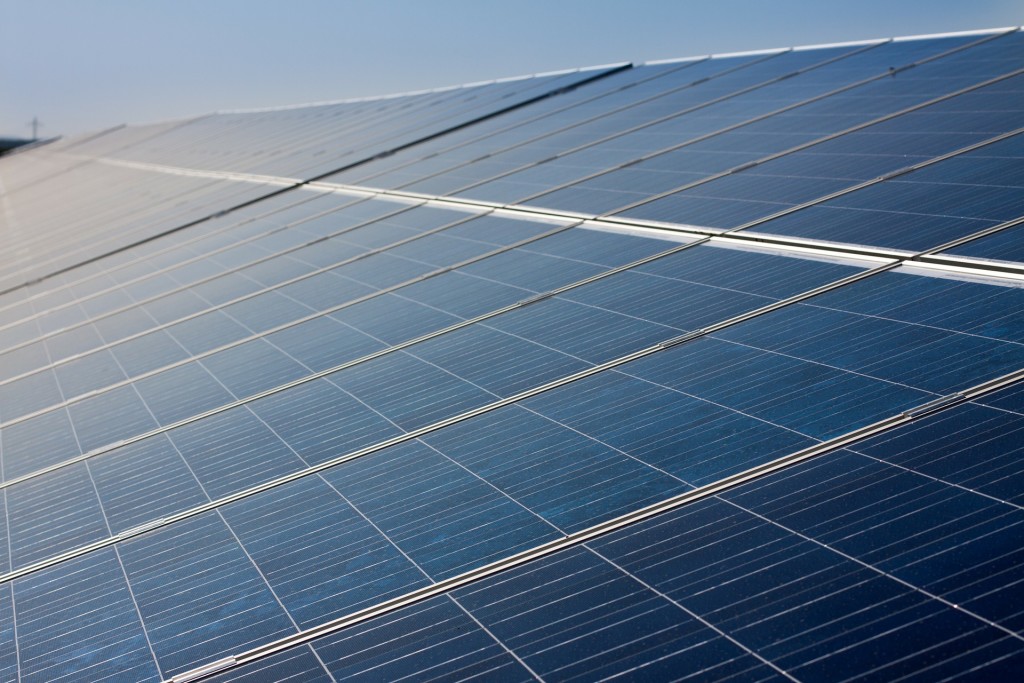
Solar energy continues to grow by leaps in bounds in the US, recently passing 1 million installations. However, solar only makes up 1% of the electricity generation in the US for the 12 months ending February 2016. This is not a knock on solar. It is starting from a low base. Solar made up almost 30 percent of all new electricity capacity additions in 2015, beating out natural gas, wind, and other power sources.
So what will it take for solar to hit the mainstream? In some ways it already has. But let’s assume mainstream means at least 10% of electricity generation. That means we have 9% of additional generation to go.
Taking very rough numbers there were 25 gigawatts of solar installed in the US at the end of 2015 (by comparison there were 74 gigawatts of wind, which has a higher capacity factor than solar). Assuming there are no improvements in efficiency (there should be at least modest ones, but let’s be conservative) and no increase in electricity demand then we would need about 225 additional gigawatts of power to reach 10% solar penetration on a generation basis. What does 225 gigawatts of solar look like in numbers?
- 45 million solar rooftops
- 11,250 small utility scale power plants or 2,250 large ones
- An estimated $405 billion in capital investment
Sounds like a lot. However, in the scheme of the capital markets, it isn’t. Demand for long-term, stable assets is strong amongst infrastructure funds, pension funds, insurance companies, and others with a long-term outlook.
To be sure, there are regulatory hurdles to overcome and grid integration issues to solve. But in a very brief time it will be standard practice to install solar on new homes and offer community solar as a basic to apartment dwellers in cities. Solar power’s massive potential compared to almost every other type of power has captured the imagination of generations before us. It is in our lifetimes that we will see this potential come to fruition. That is until sustained fusion.
